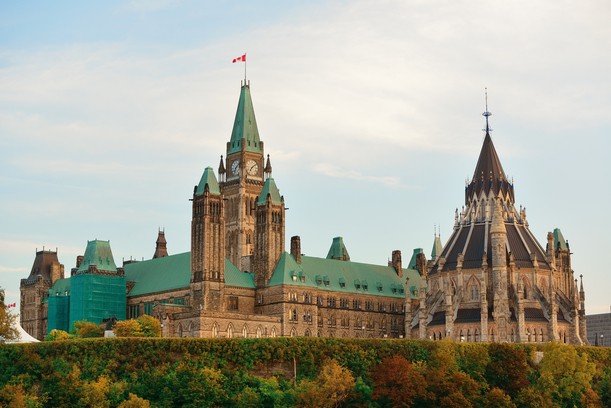

When Lena Metlege Diab stepped into her new role as Canada’s Minister of Immigration, Refugees and Citizenship in May 2025, many Canadians and newcomers alike began asking the same question: what does her provincial experience mean for national immigration policy?
Diab, a lawyer by training, served as Nova Scotia’s Minister of Immigration from 2013 to 2021. During those eight years, she played a big role in boosting immigration to Atlantic Canada, a region that has long faced population decline and labour shortages. Her success at the provincial level could now bring a fresh approach to federal immigration programs.
Let’s take a closer look at how her past work may shape the future of immigration in Canada.
When Diab took charge of Nova Scotia's immigration portfolio in 2013, the province had one of the lowest immigration rates in Canada. At the time, many young people were leaving in search of jobs elsewhere. Employers in the region struggled to fill key roles in industries like health care, construction, and seafood processing.
To solve this problem, Diab focused on targeted immigration programs. She worked closely with Ottawa to pilot the Atlantic Immigration Program (AIP), which aimed to bring skilled workers directly into the region based on job offers. The AIP became one of Canada’s most successful regional immigration strategies and was later made permanent.
Thanks to her efforts, Nova Scotia more than doubled its immigration numbers during her tenure. This not only filled jobs but helped breathe new life into rural communities.
Diab has always emphasized that immigration success goes beyond just bringing people in. In Nova Scotia, she made sure settlement services got the funding and support they needed. This included language training, job search help, and community support for newcomers and their families.
Under her leadership, there was strong cooperation between the government, employers, and local groups to make sure newcomers felt welcome and could build their lives in the province.
If she brings this same approach to the federal stage, we may see greater investments in integration programs nationwide. This could include more supports for housing, education, and language training to help newcomers succeed in Canada.
One of Diab’s biggest strengths is her deep understanding of how immigration works in smaller provinces and rural areas. While major cities like Toronto and Vancouver attract many immigrants, small towns often struggle to do the same.
Diab knows this well from her time in Nova Scotia, where she helped create immigration strategies tailored to local needs. Now, as federal minister, she could push for policies that support rural immigration in other parts of Canada.
This might include expanding the Rural and Northern Immigration Pilot or introducing new programs that help smaller communities attract and retain newcomers.
Diab’s past work required balancing the unique needs of Nova Scotia with broader Canadian immigration targets. She often had to make the case for more provincial input in immigration planning, arguing that local governments best understand their labour market and population needs.
Now, she is in a position to improve how Ottawa works with provinces and territories. She could strengthen provincial nominee programs (PNPs) and give provinces more say in choosing immigrants who match their economic goals.
This kind of cooperation could lead to a more flexible immigration system that meets both national and regional needs.
With Diab at the helm, Canada may see a few key shifts:
While it’s too soon to predict all the changes she might bring, her background suggests a practical, community-focused approach.
It’s worth noting that Diab herself is the daughter of Lebanese immigrants. She has spoken openly about how her background shaped her commitment to public service and immigration work.
Her personal story and professional experience give her a unique perspective. She understands not just the policies, but the real people and families behind them.
Lena Metlege Diab brings a wealth of provincial experience to Canada’s top immigration role. From her time in Nova Scotia, she has shown that smart, community-focused immigration policies can help both newcomers and the places they settle.
As Canada looks to the future, her leadership may lead to more balanced, inclusive, and responsive immigration policies. One thing is clear: her work in one small province may now help shape the direction of the entire country.
Having an 'Identity Verified' badge or being 'Identity Verified' simply indicates that an individual has submitted information to complete our identity verification process or we have conducted internal verification using various authorized websites. While this process includes safeguards, it does not guarantee that the person is who they claim to be.
If you encounter any issues with this profile, please report them here. While all consultants who are verified have RCIC ID, we may not have the latest data in terms of their renewal/cancellation/discontinuation of their RCIC ID.
The "Verified Consultants" profiles are created using publicly available information, including data from the IRCC website, official consultant sites, other listing platforms, and social media. Immiperts.com is an independent platform, not affiliated with IRCC or any registered immigration consultants. To update, claim, or remove your profile, please contact us at [email protected].
╳